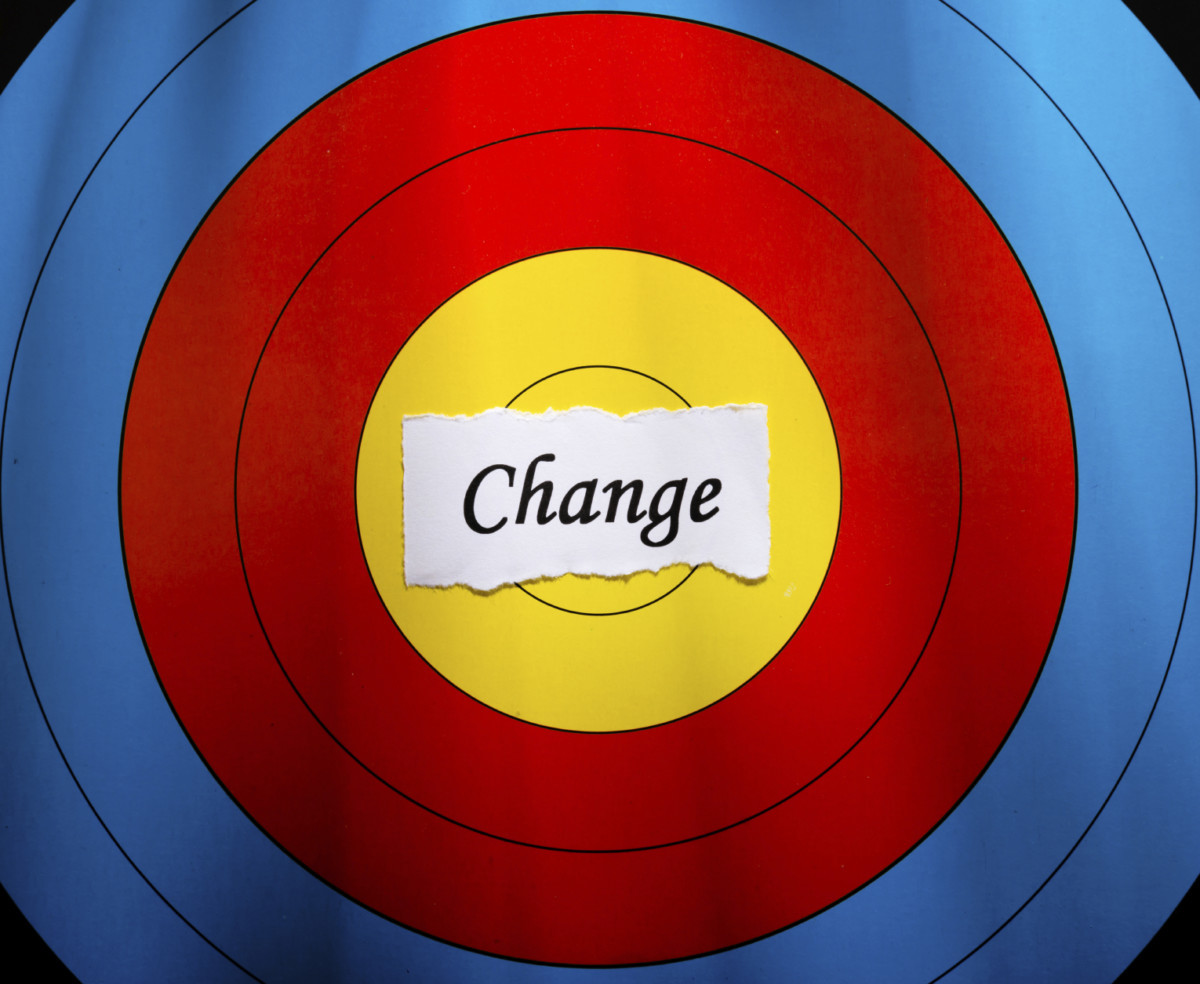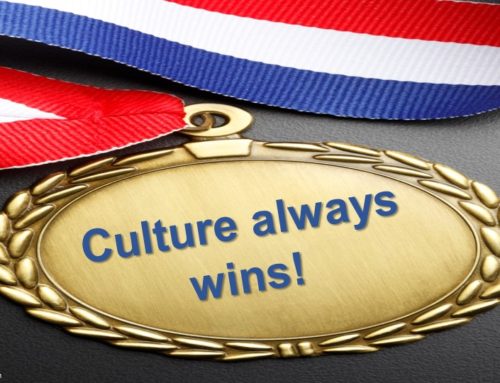“Our organization isn’t working as well as it needs to be. Things aren’t bad. They used to be much better. The just aren’t that way now.”
Every leader has, at some point, felt that everything is harder than it should be. Maybe the team is stressed from pushing itself harder than normal. Perhaps open communication has been compromised due to perceptions about motives or intent. It doesn’t matter if the root cause is legitimate or imagined. The impact is real.
Maintaining a healthy culture—like every other aspect of your business—requires constant attention and continual change.
You are chasing an evolving target in a dynamic environment. Working relationships and expectations are always changing. Events and circumstances in the environment are often out of your control. You can be spectacular one day and mediocre the next.
As a leader, you will always be dealing with a changing and evolving culture. That reality leaves you with an important choice: be a victim who complains about the need to constantly address the “squishy stuff” of organizational effectiveness or a leader who builds a nimble organization that is open to new challenges and opportunities.
Assuming you chose to lead, here are three ideas to help you chase—and temporarily catch—that moving target:
Look outside yourself and help others do the same. Change creates tension, and the natural reaction is to focus internally on how you feel. You see it when discussions turn into bitch-fests that celebrate the problem rather than solutions to get better. That’s especially true of changes in relationships. The stars in every field, however, stay externally focused on what it takes to succeed in a changing future. Acknowledging the disrupted expectations is okay, but don’t dwell there. Stay focused on the vision, and most important, the how that vision helps your customers to keep everyone moving in a positive direction.
Continually increase the value you add. In times of intense uncertainty, organizations tend to refocus their attention on confirming and defending their existing value proposition. People do the same thing. It appears in comments that reinforce the rightness of their actions.
A better approach is to focus on what will add value in the future rather than defending the past. Change happens naturally when we alter our mindset from maintaining the status quo to looking for new ways to help others succeed.
Explain (and ask) why – then focus on how. Contrary to popular belief, children and teens are not the only ones to ask “why” in the face of change. Some find the prospect of doing things differently exciting, but most of us want to know that there is a good reason to expend the energy and effort to change. Explaining why the organization should improve how it functions is critical. But don’t stop there. Buy-in is increased when you seek input on two specific areas: (1) how the organization needs to change and (2) how to accomplish the changes that are proposed,
The long-term success of your organization depends on maintaining a vibrant culture. It is a moving target, and your ability continually help others hit it will distinguish your organization from the rest of the pack.
Randy Pennington is an award-winning author, speaker, and leading authority on helping organizations deliver positive results in a world of accelerating change. His keynote seminars and workshops are informative, engaging, and memorable. To learn more or to hire Randy for your next meeting, visit www.penningtongroup.com, email info@penningtongroup.com, or call 972-980-9857.





